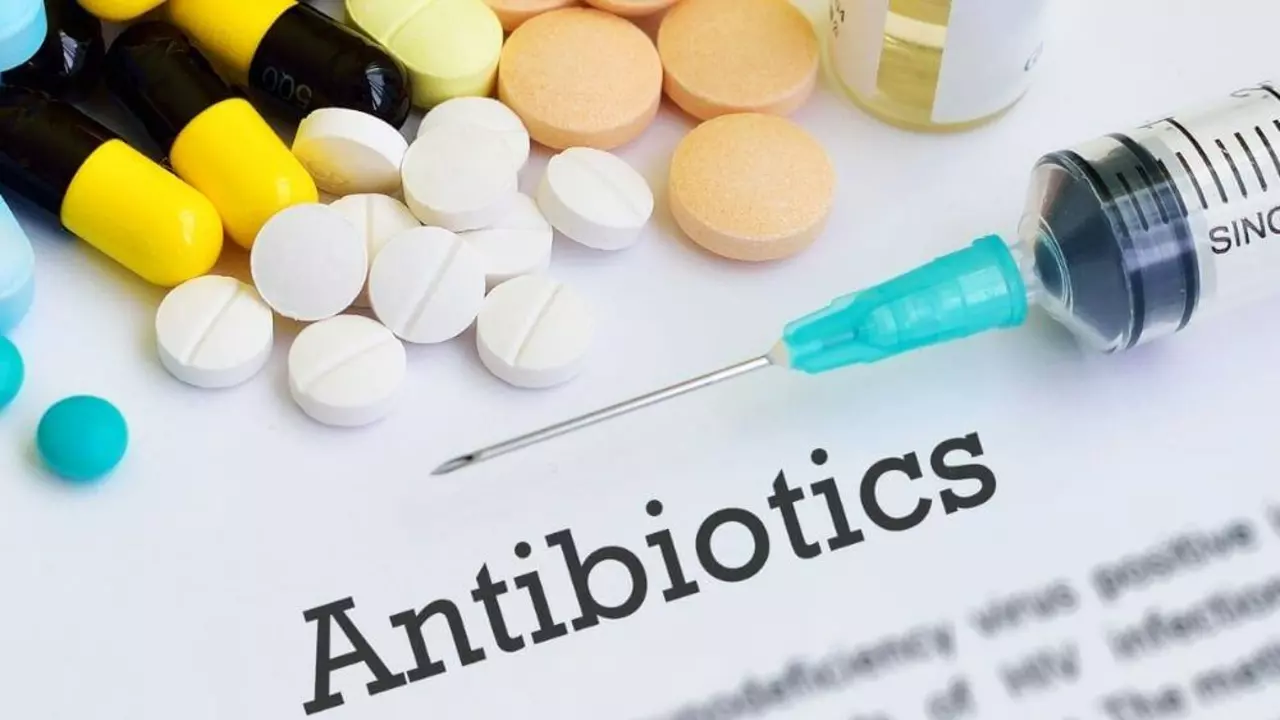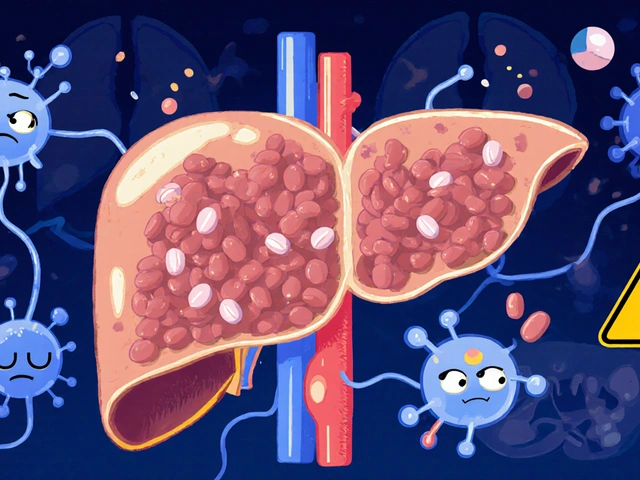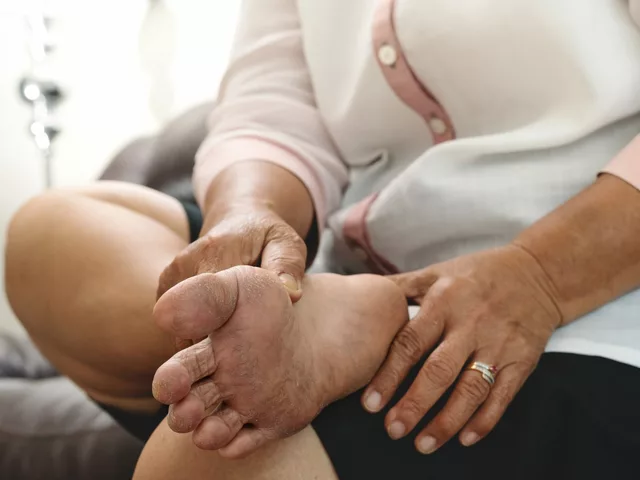Ampicillin: What You Need to Know
Ampicillin has been a trusted antibiotic for decades, yet lots of people still have questions about when to use it and how to stay safe. This guide gives clear, quick answers so you can talk with your doctor or pharmacist with confidence.
Ampicillin belongs to the penicillin family. It fights bacteria by stopping the bacteria from building cell walls. Doctors prescribe it for infections like ear and throat infections, urinary tract infections, some stomach infections, and bacterial meningitis in certain cases. Which infections it treats depends on local resistance patterns and test results.
How ampicillin is used
Ampicillin comes as pills, chewables, and injections. For mild infections doctors often use oral doses. For serious infections they use IV or IM injections in a hospital. Typical adult oral doses range from 250 mg to 500 mg every 6 hours, but your doctor will pick the exact dose and length based on the infection and your health. Don’t stop early because symptoms improve—stopping too soon helps resistant bacteria survive.
If a lab test (culture) shows the bacteria are resistant, your doctor will switch to a different antibiotic. That’s normal and good practice. Never try to guess the right drug yourself.
Safety, side effects, and simple tips
Common side effects are nausea, diarrhea, and mild rash. A serious allergy is possible. If you get hives, swelling, trouble breathing, or fainting, get emergency care right away. Tell your healthcare team if you have a penicillin allergy—cross-reactions with other beta-lactam antibiotics can happen.
Ampicillin can interact with other medicines. Probenecid can raise ampicillin levels. Some antibiotics may affect blood thinners like warfarin. If you take other prescriptions, vitamins, or herbal supplements, list them for your prescriber.
Simple habits make a big difference: take ampicillin as prescribed, finish the full course, and avoid sharing pills. Store tablets in a cool, dry place. Liquid forms may need refrigeration after a pharmacist mixes them—follow the label. Dispose of unused antibiotics safely; many clinics and pharmacies offer take-back services.
What if symptoms don’t improve? Call your doctor if your fever stays high after 48–72 hours, if symptoms worsen, or if new symptoms appear. Also contact your provider if you have severe diarrhea or signs of a serious drug reaction.
Want to learn more about antibiotics and safe online pharmacies? Check trusted medical sites and ask your pharmacist for guidance. Good questions include: “Is ampicillin the best choice for this infection?” and “Do I need any tests before starting?” That keeps treatment focused and safer for everyone.
Pregnant or breastfeeding? Tell your doctor—ampicillin is commonly used in pregnancy but your provider will weigh benefits and risks. Kids often get weight-based doses, so never use adult pills without checking. People with kidney problems may need lower doses. If you start any new symptoms or take new medicines while on ampicillin, call the clinic. Keep a list of past drug reactions and share it each visit. Clear communication prevents avoidable problems. Ask your pharmacist for tips.
In my recent research, I've discovered some compelling benefits of combining Ampicillin with other antibiotics. This combination can enhance the effectiveness of treatment, particularly in cases of drug-resistant bacterial infections. By working synergistically, these antibiotics can lower the required dosage, reducing the risk of side effects. Furthermore, this approach can prevent the development of antibiotic resistance, a major concern in modern medicine. So, it seems that this combined approach could be a game-changer in the fight against persistent bacterial infections.
View Details

